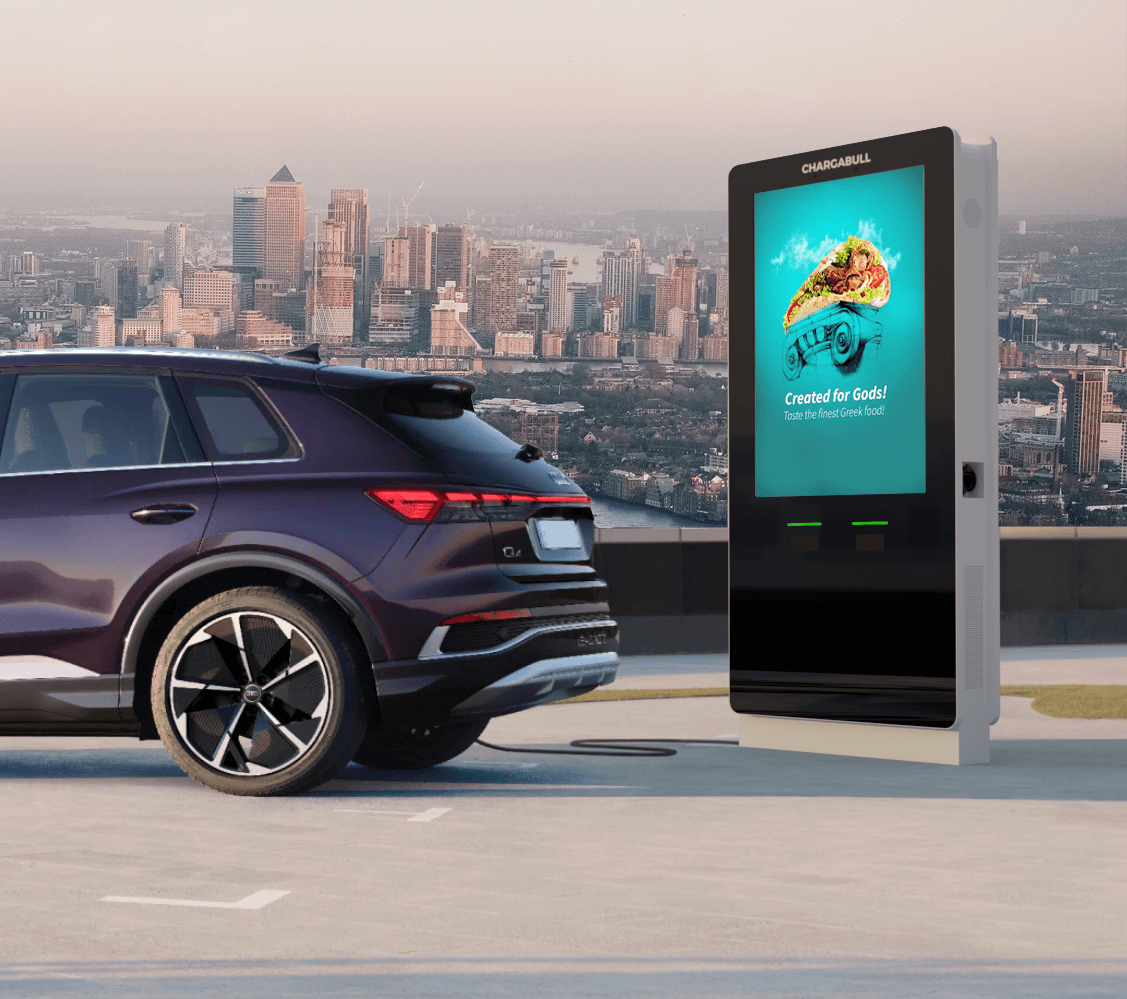According to a recent report, there are now over 250,000 electric vehicles (EVs) on UK roads and this number is steadily rising as more people invest in a green future. And, with energy suppliers offering EV-specific tariffs, it’s important to know which ones are cheaper, if at all.
What are EV tariffs?
EV energy tariffs are specifically meant for EV owners who are using home charging stations to charge their car. At the moment, there are two kinds of EV tariffs in the UK:
Two-rate tariffs (cheaper electricity overnight)
This is the most common and cheapest EV tariff, offering two unique rates depending on what time of day it is – with nightly rates being lower, of course. This means that you can not only save a few pounds charging your car overnight but also take advantage of the cheaper tariff to use things like your microwave oven, dishwasher, washing machine, etc.
Single-rate tariffs (same rate throughout the day but discounted for EV owners)
This works fairly the same way as regular deals – e.g. where a flat rate is paid – however, you get a special rate if you’re an EV owner, or alternatively, you get extras like bill credit.
Are EV tariffs cheaper? How to find the cheapest tariff
Since EV tariffs aren’t available on comparison sites (yet), we’re going to need to do it manually. So, let’s start with two-rate tariffs.
Even though these are the cheapest tariffs for the most part, they’re trickier to compare than single-rate ones. But don’t worry, here’s what you can do:
How much electricty does my EV need?
First, you need to work out how much power you’re going to need to charge your EV for the required distance.
How much is it going to be on the EV tariff?
Next, we’ll work out how much the mileage comes to on the EV tariff. So, get a hold of the overnight rates of your EV tariff and multiply it by the amount of power required to charge your car – assuming that you’re charging only during off-peak hours, otherwise, you can adjust the math.
Now get the peak day rates for your EV tariff to arrive at the cost for your regular electricity use – you can find this from an older electricity bill receipt. If you have the most recent paid or unpaid bill, then you can simply minus your EV use from it.
Now add the costs for EV charging and normal electricity use.
What will it be on a regular tariff?
Money Savings Expert, a consumer website dedicated to helping people cut bills, actually has a calculator which you can use to key-in your total EV use, where you’ll get the annual cost based on the current tariff you’re using.
Now all you need to do is compare the total cost of the EV tariff versus a regular one.
For single-rate tariffs, you’ll find that even though they are pricier, they are actually easier to compare.
So, to do this, find out how much power your EV needs using the method above and add that to your daily electricity use. Get the annual price quote directly from your EV tariff provider and once you have it, just do a regular market comparison (using the same link as above) to see how it stacks up against other deals.
Final thoughts
There’s only so much comparison sites can do to reveal the cheapest EV tariffs. Speak to our EV charger expert today to determine the best tariffs for your car.
